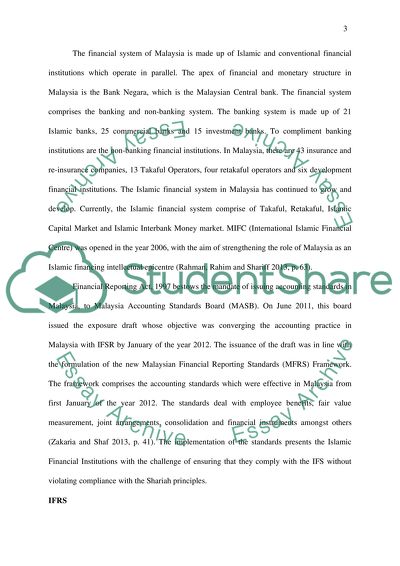Cite this document
(“Islamic accounting and financial reporting Essay - 1”, n.d.)
Islamic accounting and financial reporting Essay - 1. Retrieved from https://studentshare.org/finance-accounting/1641165-islamic-accounting-and-financial-reporting
Islamic accounting and financial reporting Essay - 1. Retrieved from https://studentshare.org/finance-accounting/1641165-islamic-accounting-and-financial-reporting
(Islamic Accounting and Financial Reporting Essay - 1)
Islamic Accounting and Financial Reporting Essay - 1. https://studentshare.org/finance-accounting/1641165-islamic-accounting-and-financial-reporting.
Islamic Accounting and Financial Reporting Essay - 1. https://studentshare.org/finance-accounting/1641165-islamic-accounting-and-financial-reporting.
“Islamic Accounting and Financial Reporting Essay - 1”, n.d. https://studentshare.org/finance-accounting/1641165-islamic-accounting-and-financial-reporting.


